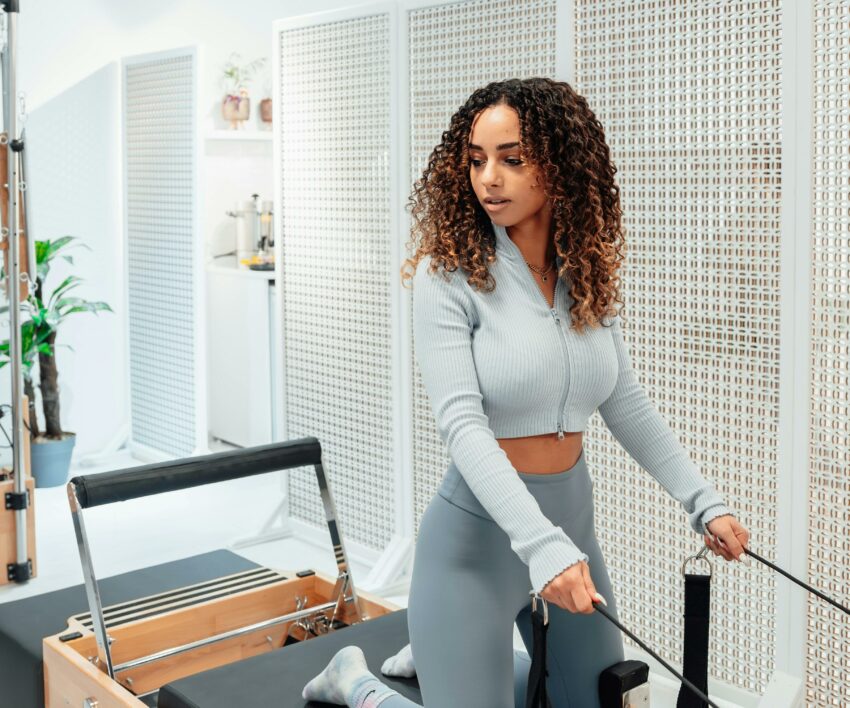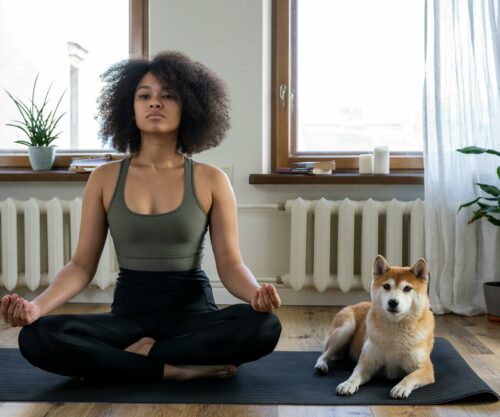
Embarking on a Pilates journey is an exciting step towards improving your strength, flexibility, and overall well-being.
Whether you’re a fitness enthusiast or a complete beginner, understanding what to expect and how to prepare can make your first class a rewarding experience. After all, your Pilates class is more than just an introduction to a new workout. It’s a step towards better health and self-awareness.
Here’s a look at a few important things to note before you enter that Pilates studio:
Understand Pilates
Pilates is a low-impact exercise method developed by Joseph Pilates that emphasises core strength, flexibility, posture and overall body awareness.
Unlike high-intensity cardio, Pilates offers a mindful approach to fitness, making it accessible for all ages and fitness levels.
Pilates studios are increasingly popular in urban areas like Johannesburg, Cape Town and Durban, catering to those who seek holistic wellness.
Choose the right studio and instructor
Research local Pilates studios before booking your class. Look for qualified instructors with reputable certifications, or someone recognised by local training bodies.
Many studios offer introductory classes or private sessions, which are perfect for beginners wanting personalised guidance. Reading reviews or asking friends for recommendations can also help you find a welcoming and professional environment.
Wear appropriate clothing
Comfort is key for a positive Pilates experience. Wear breathable, stretchy clothing that allows for free movement; think leggings, athletic shorts or fitted T-shirts.
With the warmer months upon us, it is beneficial to choose lightweight fabrics. Most studios provide mats and equipment, but bringing your own towel can enhance hygiene and comfort.
Understand the equipment and class format
Pilates classes can be mat-based or incorporate specialised equipment like reformers, barrels and resistance bands. As a beginner, a mat class is usually the best starting point to learn fundamental movements.
Expect exercises that focus on controlled, precise movements targeting your core muscles; think of it as a dance of strength and stability. Classes often start with warm-up stretches and progress to more challenging exercises, emphasising breath control and alignment.
Communicate your fitness goals and limitations
Be open with your instructor about any health concerns, injuries or limitations you might have. Whether you’re recovering from an injury or simply aiming to improve posture, your instructor can tailor the exercises accordingly.
Do not hesitate to discuss your wellness goals to get the most out of your sessions.
Start slow and be patient
As with any new fitness activity, patience is essential. Pilates is about quality over quantity. Focus on mastering the correct technique rather than rushing through movements.
Remember, progress takes time, and consistency is key. Even a short, regular practice can lead to noticeable improvements in posture, strength and flexibility.
Embrace the mind-body connection
One of Pilates’ unique features is its emphasis on mindfulness. Pay attention to your breath, movements and sensations during each exercise.
This mental focus not only enhances your workout but also promotes relaxation and stress relief.
Stay hydrated and nourished
Hydration is vital. Drink plenty of water before and after class. Post-workout, nourish your body with balanced meals rich in protein, healthy fats, and seasonal vegetables to support muscle recovery and energy.
Also see: Is your jewellery gym-approved?
(Featured Image: Sourced)




